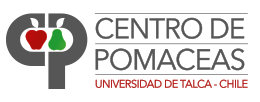Free software is a type of laptop application which is openly available and is modified. That allows users to make changes to the program also to redistribute clones. To be a free of charge software, the solution must be attainable through its resource code.
The Free Software program movement was created to protect the freedom society users. Rich Stallman authored the first of all formal meaning of free application in 1986. Various other groups also have published explanations of free software.
In contrast to proprietary program, free application is open to almost all, meaning that it could not limited by value. It is often funded through donations and company contributions, with the Free Application Foundation (FSF) selling CD-ROMs with the supply codes of their software. All very reputable known examples of free computer software are the BSD operating system, the Linux nucleus, as well as the Apache internet server.
As with any computer software, the source code is necessary to distribute and modify it. The central idea of copyleft is to offer users the right to copy, work, and research programs. However, not to add restrictions.
Despite these constraints, the use of software can be beneficial to huge corporations and individuals. Users can easily copy the solution, modify this, and sell that, as long as it remains beneath the GNU General Public License. www.nutnnews.info/technology/data-room-provider-ma-and-its-advantages/ They are also liberal to use the application without showing it with anyone else.
You will find four freedoms in cost-free software: liberty to study, independence to run, flexibility to publish superior versions, and freedom to redistribute copies. This means that if the original owner of the copyrighted software revokes his permission, the copyrighted software can’t be used anymore.















